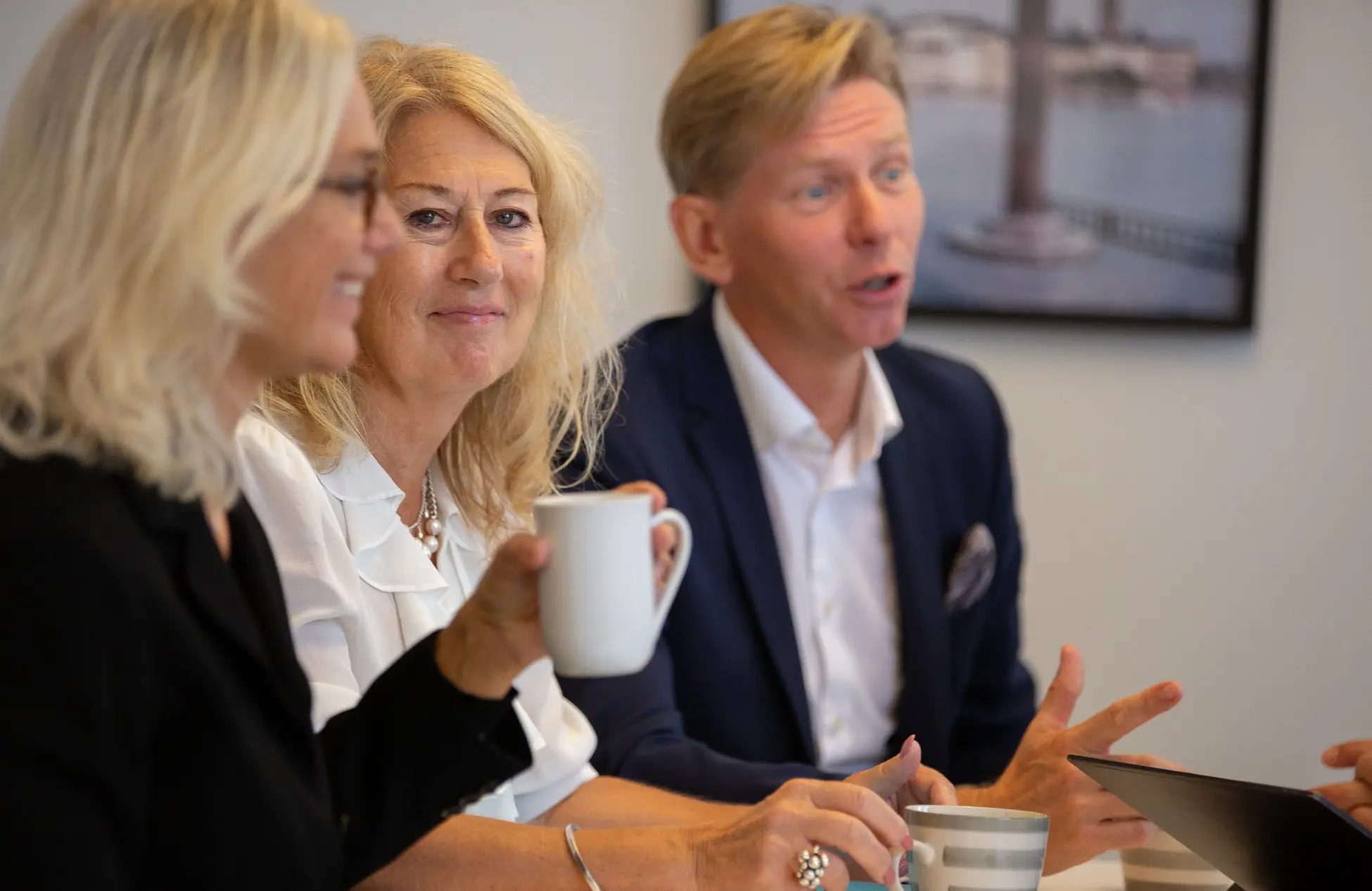Recruitment is a complex discipline that requires both oversight and the ability to navigate unforeseen situations. One of the most challenging scenarios for employers and recruitment consultants is when a candidate withdraws late in the process. Maria Lahne, a senior recruitment consultant with 15 years of experience in the public sector, shares her insights and best practices for ensuring a smooth process – even when things do not go as planned.
Maria explains that transparency and good communication are the keys to a successful recruitment process:
“It’s not uncommon for candidates to be involved in multiple processes simultaneously. That’s why it’s important for me to be open with both the client and the candidates. Everyone needs to be informed about what’s happening and how the process is progressing.”
But what can employers do to minimise the risk of a candidate withdrawing, and how can they ensure the process continues smoothly if it happens? Let’s explore three key aspects: prevention, follow-up, and lessons from the public sector.
Prevention: Create an Engaging Process
One of the most effective ways to minimise the risk of candidates withdrawing is to create a process that is engaging and transparent from start to finish. It’s about ensuring that candidates feel seen, heard, and valued.
Maria highlights the importance of clear and open dialogue: “I always maintain an ongoing dialogue with candidates and keep them informed about where we are in the process. This creates a sense of security, which is often crucial for keeping them engaged.”
Additionally, employers can strengthen engagement by:
- Providing candidates with insights into the company’s culture and vision.
- Hosting meaningful conversations that address both professional and personal ambitions.
- Offering prompt and specific feedback throughout the process.
Follow-Up: Maintain Relationships – Even When It’s Not a Match
Even if a candidate is not selected or chooses to withdraw, it is important to maintain a good relationship. Candidates who have had a positive experience during a recruitment process can become ambassadors for the company and/or be interested in future roles.
Maria emphasises the value of follow-up:
“Even when a candidate is not selected, I ensure that they feel respected and are informed about the decision. It’s about building relationships that can last in the long term.”
A structured follow-up process might include:
- Providing personal feedback to candidates.
- Thanking them for their interest and participation.
- Keeping them informed about future opportunities.
Lessons from the Public Sector: Learn from Complex Processes
The public sector often involves complex recruitment tasks with many stakeholders and a requirement for transparency. These experiences can be valuable for the private sector as well. Maria explains:
“In the public sector, there is often an increased focus on processes and transparency. This means that as consultants, we must pay attention to the details, keep all parties informed, and ensure that we have several qualified candidates ready.”
Private companies can benefit from this approach by:
- Paying extra attention to communication among all stakeholders.
- Ensuring there is always a backup plan with multiple qualified candidates in the process.
- Prioritising openness and respect at every stage of the recruitment process.
Building Trust Through Recruitment
Maria concludes with a point about the importance of relationships and transparency:
“Recruitment is not just about finding the right candidate for a role – it’s about building trust and ensuring long-term relationships that strengthen both organisations and candidates.”
With an engaging process, a clear follow-up strategy, and a learning-based approach from the public sector, companies can minimise the risk of candidates withdrawing and ensure a successful recruitment process that benefits all parties.



